Forearm muscle tightness: Cause, Symptoms, Treatment, Exercise
Introduction:
Forearm muscle tightness occurs due to the overusing of the muscles on your front of forearm. that’s muscle get tight after doing heavy workout or busy day at work or a new exercise e.g. 3 hours writing exam papers which leads to the stiff forearm. inadequate recovery from training sessions or an activity leading to tightness.This tight forearm loosens out after 24-48 hrs when the forearm muscles have recovered from the exercise. other than that we can see the tight forearm after long term immobilization of elbow joint in case of fracture or injury.sometimes in some case tightness is idiopathic. (unknown cause)
A heavy drill or doing a lot of a new exercise similar as newly added activity causes the hard muscle work and this way your forearm become stiff. This creates a little bit of inflammation around your forearms leading to symptoms similar as tightness, tenderness, and stiffness , which is lasting for 24 hrs and is appertained to as delayed onset muscle soreness (DOMS). These symptoms are part of the normal strengthening process of the muscle. In some sports the tightness seen incontinently just after few hours of heavy exercise is described as a “ pumped” feeling. in this your forearm can feel hard to touch, looks bigger than normal, and can feel a bit aching , and unable to move smoothly.Some tone-massage or stretching exercise can help the arms to recover from the exertion.
When you do constant type on a keyboard or scroll on a touch screen device, you’re performing repeated finger contractions and your elbow in semi-flexed position which like your forearm stay in one position for prolonged period of time, this causes a muscle fatigue and tight ultimately forearm muscle tightness felt.This forearm muscle get tight when there’s a continued cargo applied to the forearm and you are not allowing it to recover sufficiently leading to long- term muscle tightness.
This load can be related to sports, repetitious homemade work, .It can also occurs after an injury to the forearm muscles. Long- term tightness can manifest itself as reduced elasticity in the wrist and forearm muscles e.g. reduced ability to bend the wrist and forearm forwards or backward compared to a time before the load was applied.It can also show as fingers that are flexed further than usual and you may also have some elbow and wrist stiffness on your front of arm.
when you Straighten the arm after exercise, the forearm may feel “ pumped” but the pumped feeling goes down snappily.Generally, a massage to the forearm will reduce the pressure in the short term from the arm.confirmed tightness should be addressed as it affects muscle balance around the elbow, wrist, and fingers and can contribute to injury then. Specifically, you may get sore forearms from the rowing machine or any other kind of exercise where your forearms are heavily involved in the movement. if you have particularly intense forearm pain from weight lifting it could be a sign of forearm muscle tightness. stretching exercise will help you to get rid of forearm muscle tightness.here in this article we tried to explain about general anatomy of forearm muscles and causes,sign and symptoms of forearm muscle tightness and mainly stretching exercise of forearm muscle tightness,which will definitely help you to get better flexibility.
Anatomy of the from of forearm muscles :
Superficial Compartment :
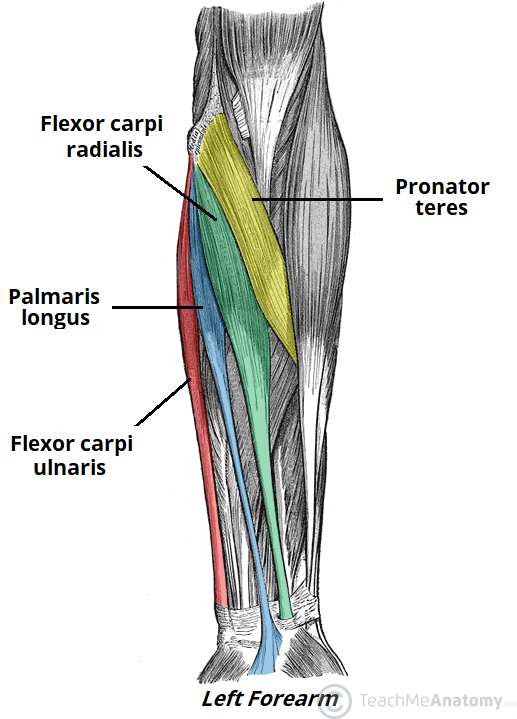
The superficial muscles in the anterior cube are the flexor carpi ulnaris, palmaris longus, flexor carpi radialis and pronator teres.
They all originate from a common tendon, which arises from the medial epicondyle of the humerus.
Flexor Carpi Ulnaris:
- The flexor carpi ulnaris has two origins. The humeral head originates from the medium epicondyle of the humerus with the other superficial flexors, whilst the ulnar head originates from the olecranon of the ulnar.
- The muscle tendon passes into the wrist and attaches to the pisiform bone, hook of hamate, and base of the 5th metacarpal
- Actions Flexion and adduction at the wrist.
- Innervation Ulnar nerve.
Palmaris Longus:
- This muscle is absent in about 15 of the population. Originates from the medium epicondyle, attaches to the flexor retinaculum of the wrist.
- Conduct Flexion at the wrist.
- Innervation Median nerve.
Flexor Carpi Radialis:
- Attachments Originates from the medium epicondyle, attach to the base of metacarpals II and III.
- Actions Flexion and abduction at the wrist.
- Innervation Median whim-whams.
Pronator Teres:
- The side border of the pronator teres forms the medial border of the cubital fossa, an anatomical triangle located over the elbow.
- Attachments It has two origins, one from the medium epicondyle, and the other from the coronoid process of the ulna. It attaches laterally to themid-shaft of the radius.
- Actions Pronation of the forearm.
- Innervation Median nerve.
Deep Compartment:
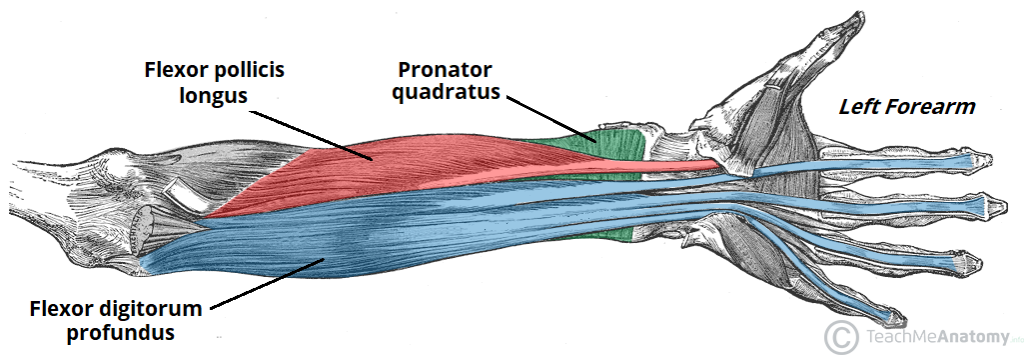
There are three muscles in the deep anterior forearm flexor digitorum profundus, flexor pollicis longus, and pronator quadratus.
Flexor Digitorum Profundus :
- Attachments: Originates from the ulna and associated interosseous membrane. At the wrist, it splits into four tendons, that pass through the carpal tunnel and attach to the distal phalanges of the four fingers.
- Actions: It’s the only muscle that can flex the distal interphalangeal joints of the fritters. It also flexes at the metacarpophalangeal joints and at the wrist.
- Innervation The medium half (acts on the little and ring fingers) is innervated by the ulnar nerve.
- The side half (acts on the middle and index fingers) is innervated by the anterior interosseous branch of the median nerve.
Flexor Pollicis Longus:
- This muscle lies sideward to the FDP.
- Attachments Originates from the anterior exterior of the radius and girding interosseous membrane. Attaches to the base of the distal phalanx of the thumb.
- Actions Flexes the interphalangeal joint and metacarpophalangeal joint of the thumb.
- Innervation Median nerve ( anterior interosseous branch).
Pronator Quadratus:
- A square shaped muscle begin deep to the tendons of the FDP and FPL.
- Attachments Originates from the anterior face of the ulna and attaches to the anterior face of the radius.
- Actions Pronates the forearm.
- Innervation Median nerve ( anterior interosseous branch).
Causes:
- Forearm muscle tightness can occurs due to a variety of reasons including :
- Injury, An acute trauma, similar as a fall, can create a fracture in one of the forearm bones or damage to the ligaments and tendons Overuse Some sports, similar as tennis and certain types of exercise, put a high degree of pressure on muscles in the forearm and can because them to strain.
- extreme usage of computers or phone can also bring on muscle strain in the forearm, which is known as a repetitious strain injury (RSI). Pain caused by RSI are coming gradually common in the computer workers or grounded labor.and this way tightness develops after repeated action of the muscle.
- Nerve envelopment When nerves turn compressed, it can induce pain, insensibility, or a tingling feeling in and around the affected area. Nerve entrapment can exist caused by a range of different courses affecting the forearm such as carpal tunnel syndrome.
- Arthritis of the joint in the wrist or elbow, causing a dull pang in the forearm.
Muscular Restriction:
- When the muscles in our forearms are tight, tense, or confined this can beget pain, discomfort or restriction.
- Some of the muscles in the forearm attach at the elbow and if you ’re suffering pain there, it could be because the tightness of the muscles is causing the tendons to pull at the point of attachment.
- This restriction can contribute to a sensation of constraint, discomfort, around your front of forearm.
Poor technique of exercise:
- Poor approach can put our muscles, joints and tendons in positions they ’re not supposed to be in, If you have not seen that person. If you ’re getting pain while doing certain exercises.The approach is veritably important.
- if Are you involved in repetitious day-to-day tasks Are you performing reiterative actions in your sports or If you’re continuously performing punching movements or bending and flexing the arm repetitively or indeed the wrists or fritters, these repetitious movements can all be contributing factors to your forearm get tighten.
- fighters may feel forearm tight due to the repetition of punching the punch bags. Tennis players may have muscle tightness due to the repetition of hitting the tennis balls; justice bowlers may witness the pain because of the reiteration of bowling.
- All of these repetitious movements can damage the arm, elbow, wrist, and forearm if done continuously. Is there a specific repetitious movement you ’re doing that could be causing your forearm tightness.
- If you ’re training too frequently you may be putting too much pressure on the muscles in your forearm. Over-training can draw on continued pain, painful joints, illness, and even disturbed sleep.
- However, perhaps you should suppose about having a many days out, If you ’re training a lot and you ’re noticing any of these symptoms.
Excessive use of technology:

- Still, it could well be due to a more severe tentative like carpal tunnel syndrome, If you have pain in your forearm from codifying. But if you feel a tightness in the belly of the muscle, also it may simply be because you are not taking sufficient breaks from the computer work.
- When you do type on a keyboard or scroll on a touch screen device, you ’re performing repeated finger contractions, which like exercise, causes a muscle to come fatigued and therefore tight.
- Also, since many of the forearm muscles actually insert into the hands and fingers, it’s not surprising that repetitious movements involving the fingers can actually affect in tight forearm flexors and extensors.
- This is why many people witness forearm pain due to gaming. The forearms are not exactly getting a exercise, but the small finger muscles are always active.
Manual labor:
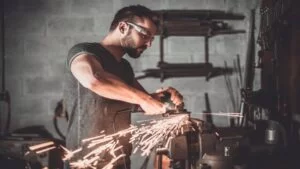
- A welder working in his garage.
- While manual labor such as welding, digging, and agriculture are great ways to strengthen the forearms, they ’re also a common cause of lower arm tightness.
- This may be due to under-recovery. However, also your lower arms may begin to feel interlaced up, If you use your forearms more than usual in a given day and do not rest enough between bouts of work.
- You can also get painful forearms from fibromyalgia, which is a common side effect of that unfortunate condition.
Injury:
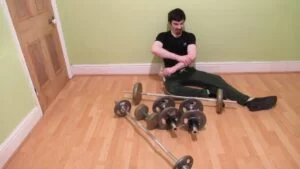
- While tight forearms and hands are often easy to explain and treat, they can also be a sign of injuries. However, after performing manual labor or gym workout lead to injury of the forearm muscles.
- If your discomfort does not disappear after your usual exercise recovery time.
Symptoms of Forearm muscle tightness:
- The most common symptoms it feels and looks like stiff and tight arm while moving and swelling in the front of forearm.
- Forearm tightness may bring on symptoms in or around your elbow, wrist, and hand.
- warmth of the muscles
- throbbing or pulsing
- burning type of sensation feel sometimes
- stiffness, frequently worse after sleeping
- severe pain when trying to use the wrist, elbow, or forearm
- Incapability to bear weight on the forearm, wrist, or elbow
- impassiveness in the wrist, hands, fritters, or elbow
- a lump on the forearm, bulky muscle seen around front of forearm
- a grating feeling when moving the arm
How to Prevent Forearm muscle tightness?
A person can take basic precautions to help prevent forearm muscle tightness from occurring, such as:
- Avoiding activities that put excessive strain on the forearm, such as tennis or certain types of weightlifting
- Taking regular breaks from extended periods of computer use and using an ergonomic keyboard at work.
- Strengthening the forearm and increasing grip strength through resistance training.
Why do not many people train their forearms?
- One of the most common reasons people do not exercise their forearms is that they believe their forearms are formerly worked out during other exercises.
- This is not completely wrong- later each you do train your forearms during any activity that involves holding a barbell or dumbbells, or during body weight exercises like pull ups and chin ups.
- The key difference is intensity and focus.
- During an exercise like a dead lift or row, your forearms play a supporting part.
- Their job is to grip the bar or dumbbells while other muscle groups pull it up from the ground.
- Focus on heavy pulling exercises like dead lifts and rows and over time, you ’ll develop a strong brace of forearms.
- The only problem is that your other muscle groups will develop quick, leaving you with forearms that are bigger and stronger than ahead, but still lagging backward.
Indications of Forearm muscle stretching:
- stretching exercise can help to improve mobility and flexibility of the joint and muscle
- to gain better joint ROM
- Increase extensibility of muscle tendon unit and periarticular connective tissue
- Return normal neuromuscular function
- Reduce compression on joint exteriors
- prevent injuries around muscles.
- May be used previous to and after vigorous exercise to potentially reduce post-exercise muscle soreness
- prevent post fracture muscle tightness.
Contraindications of stretching:
- Joint movement limited by bony blocks
- After fracture and before bone healing is complete
- Acute inflammatory or contagious process
- When dislocation of soft tissue recovery is likely
- Sharp, acute pain with joint movement or muscle stretching
- Hematoma or other soft tissue trauma
- Hypermobility exists.
- open wound or recent surgery
Stretching exercise of the forearm muscle:
stretching will help you to prevent further injury to the muscle.regular stretching exercise will improve your flexibility and mobility.which will help to prevent muscle soreness or tightness after over using of the muscle so you should do regular gental stretching exercise to prevent forearm muscle tightness specially if you are student or labor worker or gymnastic then this stretching is very helpful for you.
Flexor stretch:
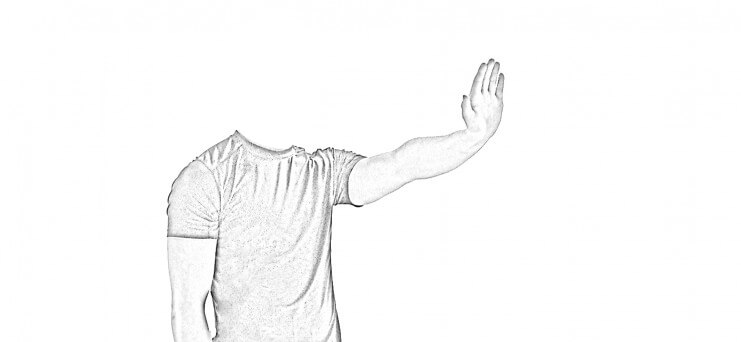

- Hold the palm of one hand with the other hand, while keeping your elbow straight on the affected arm.
- Pull your hand back gently to feel a stretch in your front of the forearm.
- Hold the stretch for 20-30 seconds.
Extensor stretch:
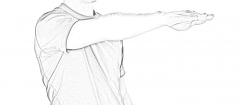
- Stretching the pronator muscle can help to perfect elasticity and reduce twinge in the forearm
- Sitting upright, place the elbow on a table or chair arm.
- Using the opposing hand, gently push the forearm down towards the table or bottom.
- When feeling a stretch but without any pain, hold the position for 15 seconds.
Wrist rotation:
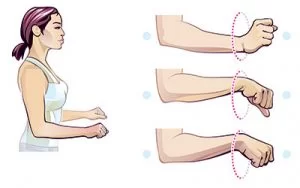
- This exercise can help to enhance blood rotation through the forearm and flexes the wrists
- Extend arms in front of you with hands at shoulder height.
- Make fists and rotate each wrist clockwise also retrograde in a indirect movement.
- Perform 10 repeats in each direction.
Rubber band stretch:
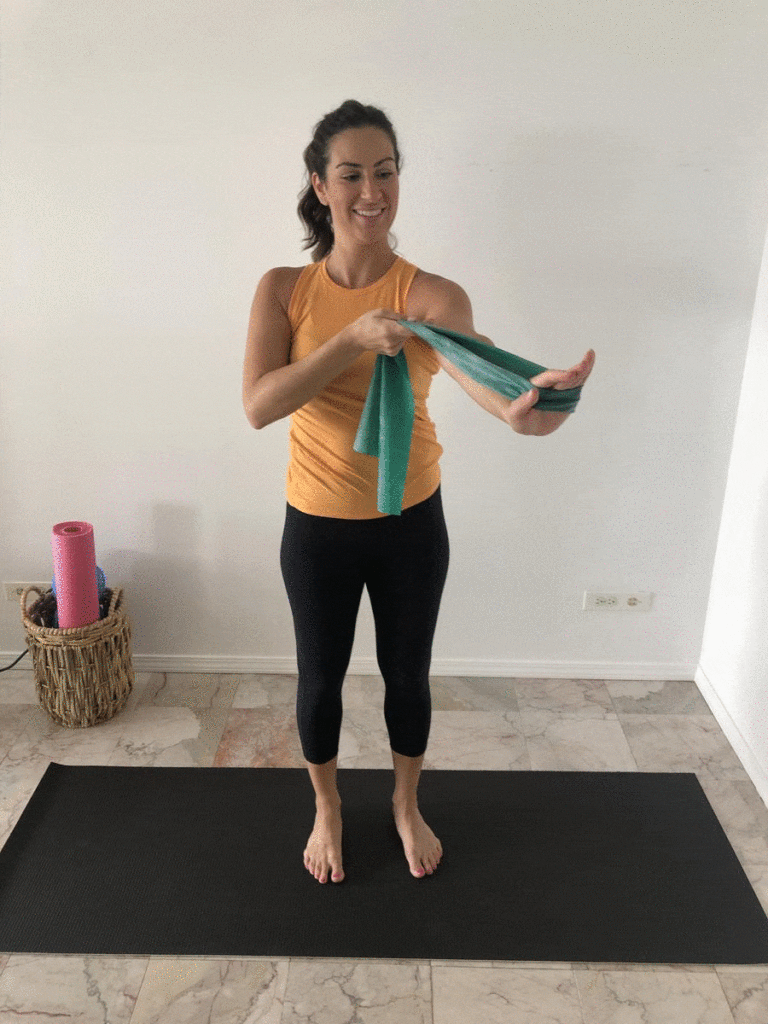
- Loop a small rubber band or resistance band between the thumb and forefinger so that it’s fairly tight.
- slow extend the thumb and forefinger outward and down from each other, so you form a “ V” shape with the finger and thumb.
- tardily return the thumb and forefinger to their original position.
- Reprise 10 to 12 times, three times in a row.
Massage balls or foam roller:
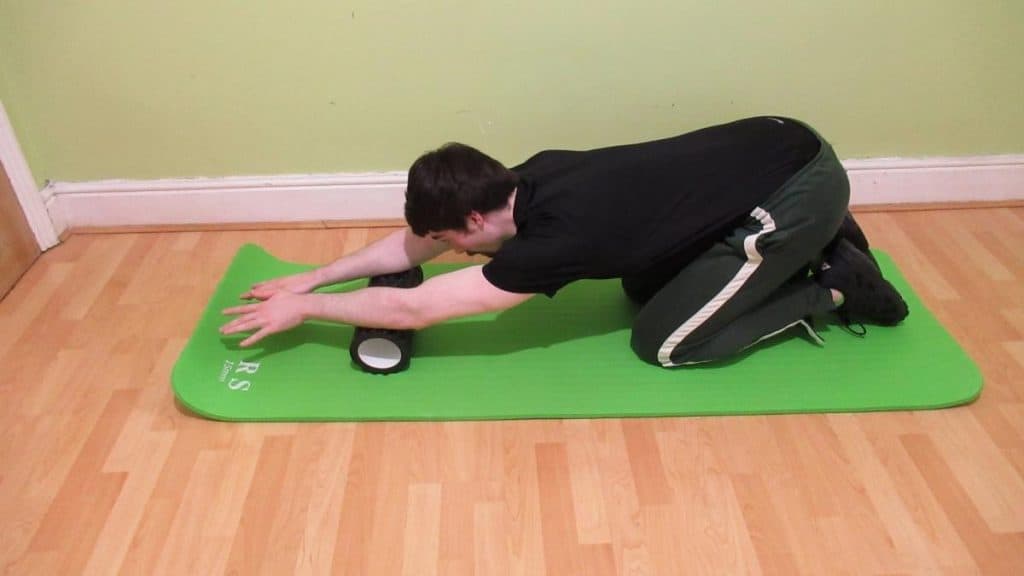
- Using whatever strain level feels comfortable, tardily roll the tissues of the forearm over the ball or foam roller.
- Still, stop and sluggishly apply fresh pressure to the spot, holding for 15 to 30 seconds
- If you hit a particularly painful or tender spot.
- Reduce pressure and continue rolling the forearm from the triumphs all the way up to the bicep.
Pronator Stretch:
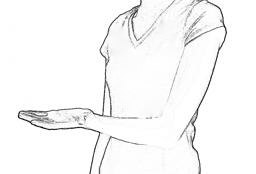
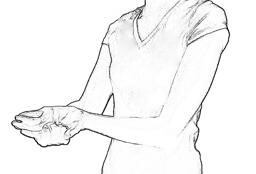
- Bend one elbow next to your body and place the other hand on the back of your hand.
- With help from the other hand, rotate your forearm to bring the palm of your hand facing the ceiling until you feel a stretch in the forearm.
- Hold the stretch for 20-30 seconds.
- Maintain the position and relax.
Supinator Stretch:
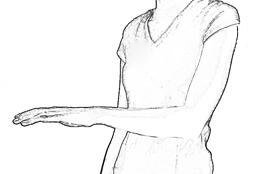
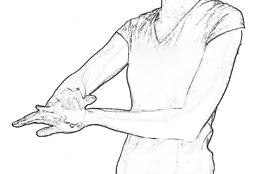
- Bend one elbow and place it next to your body.
- Keep the palm facing down on the stretched arm.
- Place the other hand above your wrist.
- Rotate your wrist gently to turn it upwards until you feel a stretch in the forearm.
- Hold the stretch for 20-30 seconds.
- Relax and then repeat

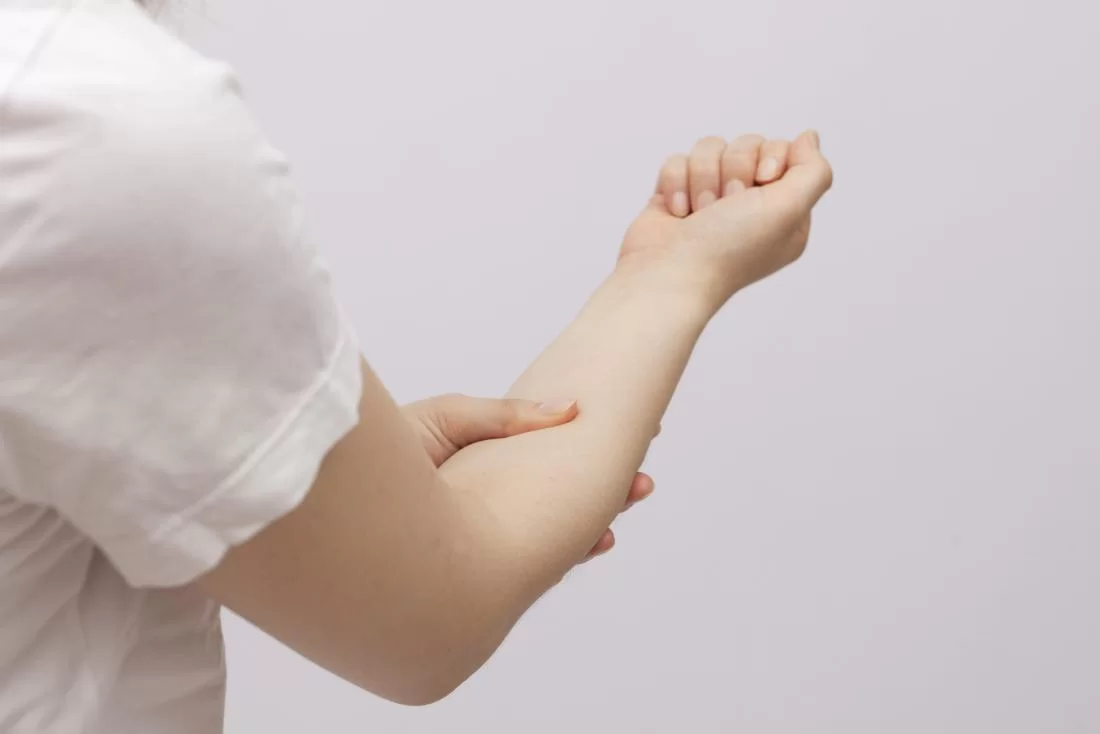

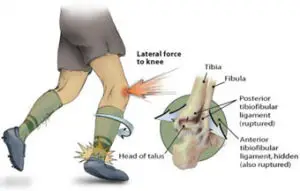

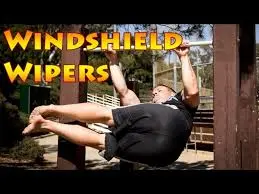

3 Comments